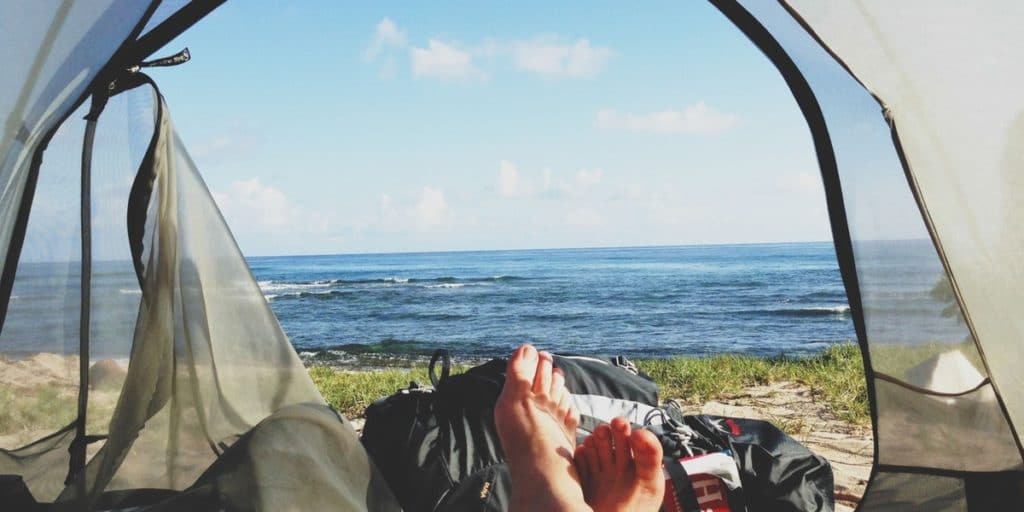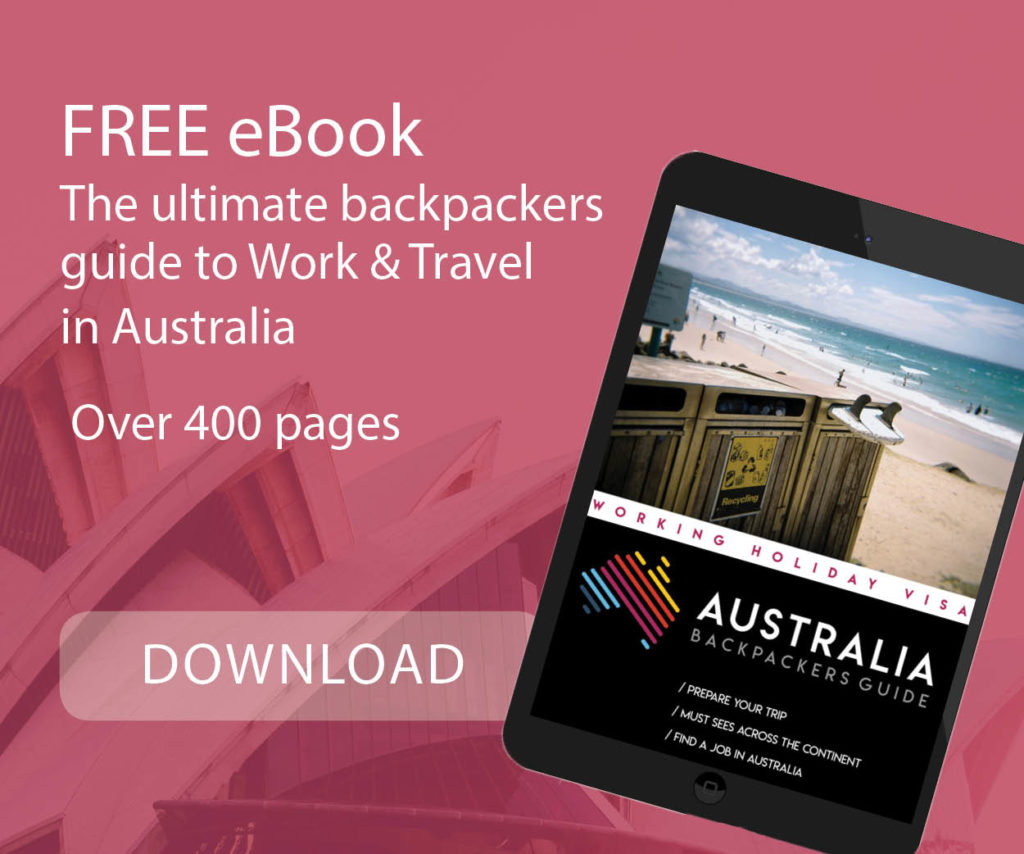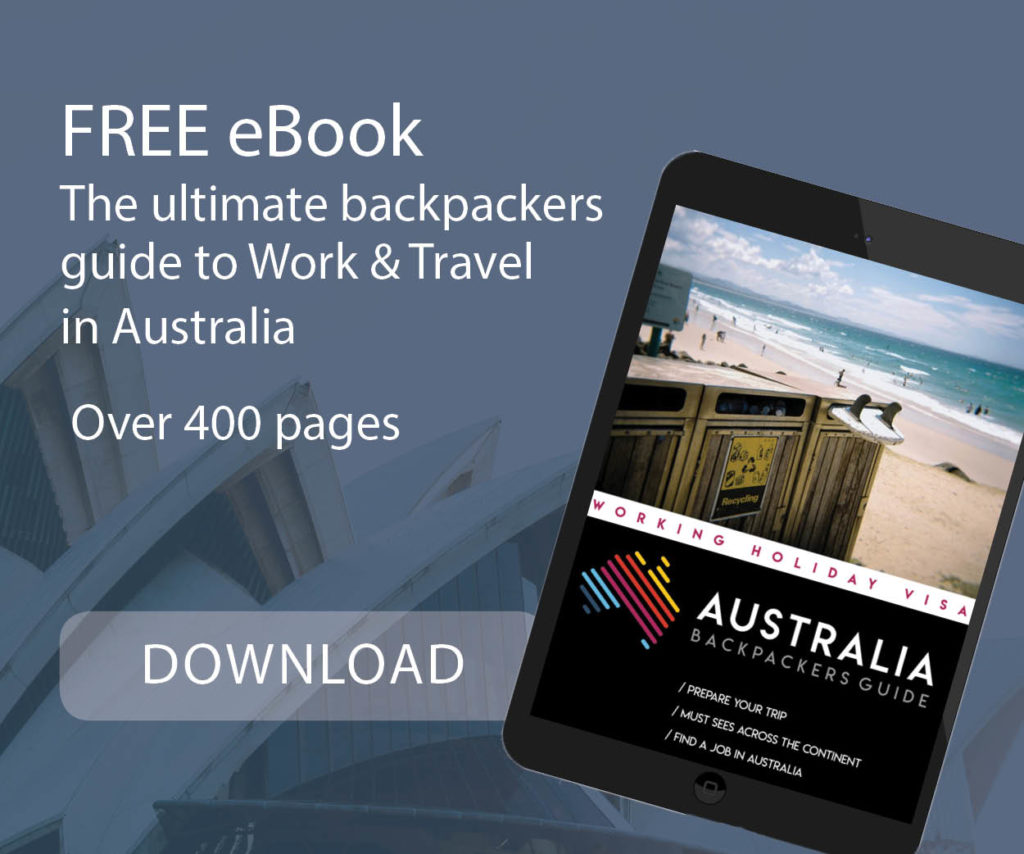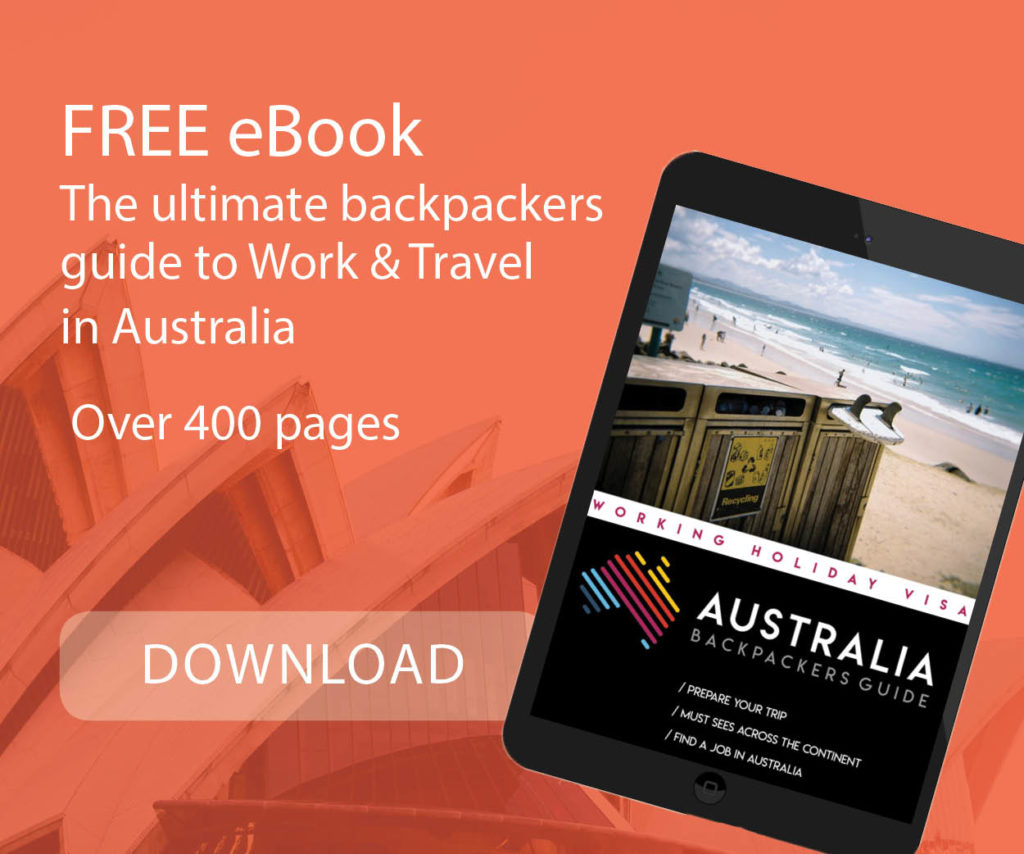
Australia, with its vast and varied landscapes, offers some of the most unforgettable hiking experiences in the world. From the rugged coastlines and lush rainforests to the stark beauty of the Outback, there’s a trail for every type of adventurer. However, the unique landscape of Australia also lends itself to many issues. Offering challenges such as wildlife and weather, which are unique to this fascinating country and ones which you must prepare for before setting off. This guide will cover everything you need to know for hiking in Australia. From the hiking essentials to health and safety, these tips will ensure a safe, stress-free adventure!
Table of Contents
Why Hike in Australia in 2025?
- Unrivalled Diversity: From tropical rainforest walks to alpine summits and desert canyons.
- Improved Infrastructure: New boardwalks on the Three Capes Track (Tasmania) and expanded ranger-led programs in national parks.
- Free & Low-Cost Access: Many iconic trails are publicly maintained with no entry fee—perfect for cash-strapped adventurers.
Key Hiking Destinations in Australia
There are lots and lots of hikes in Australia, so it will be hard to list them all. But here are some of the best spots to hike Down Under:
Tasmania
With an island the size of Switzerland, it is no surprise one of the best things to do in Tasmania is go hiking. This unforgettable landscape is home to over 2,800km of managed walking tracks. You will find over 880 trails in national parks and conservation areas. The Great Walks of Tasmania is a collection of 8 unmissable guided walks which showcase over 300km of the most beautiful parts of the island.
Tasmania’s Overland Track
Spanning 65 kilometers through the heart of the Tasmanian Wilderness World Heritage Area, the Overland Track is Australia’s premier alpine walk. It takes you past mountains, lakes, and waterfalls, offering breathtaking scenery and a true wilderness experience.
The Larapinta Trail, Northern Territory
Stretching over 223 kilometers through the West MacDonnell Ranges, the Larapinta Trail is a challenging and rewarding hike. It offers stunning views of the desert landscapes, ancient geological features, and the chance to learn about the indigenous Arrernte people’s culture.
The Great Ocean Walk, Victoria
This 104-kilometer trail takes you along the scenic coastline from Apollo Bay to the iconic Twelve Apostles. It’s a relatively accessible hike that features beautiful beaches, cliff-top views, and lush forests.
The Blue Mountains, New South Wales
Just a short drive from Sydney, the Blue Mountains offer a range of hiking trails that cater to all levels. At over 11,000 square km, the Blue Mountains National Park offers endless trails and tracks for all levels. Highlights include the Three Sisters Walk, the Grand Canyon Track, and the challenging Six Foot Track. Grab your hiking boots for an unmissable adventure.
The Bibbulmun Track, Western Australia
One of the world’s great long-distance walking trails, the Bibbulmun Track stretches nearly 1,000 kilometers from the Perth Hills to Albany on the south coast. It winds through towering forests, tranquil waterways, and charming country towns.
Wilsons Promontory, Victoria
Victoria offers incredible terrain (and a slightly cooler climate) which is ideal for hiking. There are many excellent hikes on offer. One of the most popular spots for stunning nature is Wilsons Prom with over 50,000 hectares. To be explored just 200km drive from Melbourne. Head to Mount Oberon for breathtaking vistas stretching 360° or for wildlife enthusiasts Lilly Pilly Gully offers sightings of wallabies, kangaroos, wombats or even koalas if you’re lucky!
Uluru Base Walk, Northern Territory
What better way to witness and enjoy this striking landmark, than during the 10.6km trail which will take around 3.5 hours around Uluru. Set off just after sunrise to witness the best views (And temperatures) for this hike.
Now you know what to pack and how to prepare, you will need some hiking inspiration. There are many worthwhile hikes in Australia, but here are just a few favourites that will blow you away with their natural beauty and unique landscape.

Top 7 Must-Do Hikes & New 2025 Highlights
| Trail | Location | Distance & Grade | Highlights & Updates |
|---|---|---|---|
| Overland Track | Cradle Mountain, TAS | 65 km / 6 days | New “High Plains” camp platforms added; ranger patrols twice daily. |
| Larapinta Trail | West MacDonnell Ranges, NT | 223 km / 14 days | Remote “Serpentine Gorge” section opened 2024; water caches maintained. |
| Great Ocean Walk | Victoria coast | 100 km / 8 days | Extended boardwalk at Moonlight Head (2023); free park entry. |
| Thorsborne Trail | Hinchinbrook Island, QLD | 32 km / 3 days | New boat-permit system for early-season crossings; camping fees waived off-peak. |
| Three Capes Track | Tasman Peninsula, TAS | 46 km / 4 days | Added “Eagle Lookout” platform (2025); book via Parks & Wildlife site. |
| Bibbulmun Track | Southwest WA | 1 000 km / 6–8 weeks | Upgraded shelters every 20 km with solar lighting; free for self-supported hikers. |
| Kosciuszko Alpine Walk | NSW Snowy Mountains | 54 km / 4 days | Hut renovations near Rawson Pass; start at Thredbo or Charlotte Pass. |
What to bring to go hiking in Australia?
Whether an experienced hiker or a beginner, your checklist will be different in Australia compared to your previous hikes. Not every country in the world has dangers such as flash floods and deadly spiders. You need to pack appropriately, ready for any possibility.
Here are the top things you cannot go hiking without.
- Water & Snacks: Whether it’s a multi-day hike or an afternoon trail. Hiking in the Australian heat can prove dangerous without enough water, so ensure you take plenty and research refill points. Snacks such as nuts and fruit, high-energy food are also ideal as they release energy slowly, keeping you fuelled for the hike.
- Sunscreen & Hat: Hikes are hard enough without sunburn on top. Even on cloudy days, the UV rays can damage your skin, so wear Factor 50+ for the best protection. A hat will protect you when it’s hot and protect you when it’s cold. Hats are essential for hiking in Australia.
- Layers/raincoat: Although the heat is an obvious danger, the Australian weather can be crazily unpredictable so pack thin layers that can be removed or added and do not forget waterproofs, particularly if you’re hiking in the wet season. Always prepare for sudden weather changes.
- Insect repellent: From mosquitos to leaches, it’s no secret Australia offers many critters which may choose to join you on your walk. A good insect repellent with a high Deet percentage will keep these pests away and avoid any unwanted bites or itching.
- Correct Footwear: The Australian terrain can be slippery one minute then sandy and rocky the next so correct footwear is essential. No hiking in your flip flops!
- First Aid Kit: No need for a heavy, extensive kit but a few simple bandages, plasters and antiseptic wipes are essential as accidents can happen.
Always have a Travel Insurance
Although a first aid kit can cope with mini injuries such as scrapes or bites, travel insurance is essential. With unpredictable weather and wildlife, even the safest routes can turn dangerous, so it’s best to be prepared. Depending on the travel insurance you choose, it can cover anything from medical bills to mountain rescue. Ensure you’re covered before setting off. Read our guide to choosing the best travel insurance for backpackers.

💸 10% Discount on your Insurance Policy
Find here all the information you need and get your 10% Go walkabout promo code for any policy.
Packing Essentials for 2025
- Apparel: Quick-dry merino layers, waterproof jacket, wide-brim hat.
- Footwear: Trail runners or lightweight boots with updated Vibram soles—new models released for 2025.
- Navigation: Download offline maps via Gaia GPS or Avenza with the latest park trail updates.
- Safety Gear: PLB or satellite messenger, headlamp with red-light mode, solar battery charger.
Safety & Access Tips
Research Your Trail
Understand the trail’s difficulty, length, and any permits or fees required. Check the weather forecast and park alerts before you set out.
Do not ignore Signs
Signs are not there to keep you safe. From recent closures to crocodile sightings always read and take note of signs. This information is for your safety. They will also direct you to the nearest facilities such as water points or toilets as well viewpoints. Signs are essential for a safe, stress-free treck!
Weather Variability & Warnings
The climate in Australia is unlike anywhere else. Not only can the weather affect you personally with heat exhaustion, sunburn or dehydration, but the weather can have severe effects on the land. This means hiking routes can change overnight.
From Summer when bush fires are common to the wet season when flash flooding can wash away footpaths or streams overflow. Always check National Park websites before your hike for the latest update on routes as they may be unsafe due to recent weather.
Summer storms in the alpine regions can be sudden; download BOM’s “Weatherzone” app and carry a GPS emergency beacon in remote zones.
Always check the weather for the day of your hike to pack and dress appropriately.
Beware of no phone signals
Although many people love nothing more than being immersed in nature with the complete freedom to hike and explore, these natural beauty spots do often come at a price – no phone signal.
This means should an accident occur, you get lost or require directions there is no way to contact someone for help. Plan your route beforehand and always tell someone where you’re going and what time you’ll be back so they can raise the alarm. If you are planning to hike from a National Park, you will often have a book to complete before leaving for your hike. This way, there is always someone aware of your route.
A personal Locator Beacon (PLB) or even a satellite phone are worthwhile investments if you plan on frequently hiking in the Australian bush or anywhere else.
Be wary of Wildlife
The amazing Australian wildlife is one of the main reasons people enjoy hiking. To be truly immersed in nature, while learning and discovering the beautiful flora and fauna this country offers, is an experience you’ll never forget. However, alongside the weather, it is also one of the biggest risks when hiking. Here is the wildlife you need to be wary of and the precautions to take when hiking in Australia.
- Snakes – Avoid walking through long grass and take heavy steps if in a snake prone area. Heavy or loud footsteps will scare snakes. In the rare event, you are bitten apply a pressure immobilisation bandage and dial 000 for immediate medical assistance.
- Spiders – Despite the rumours, you will encounter far fewer spiders when hiking than you may think. Spiders are more scared of you and bites are rare. The most dangerous of spiders to hikers is the Sydney Funnel Web spider, found in forests, particularly in NSW. Research your hike beforehand if venomous spiders are common in the area, to take the necessary precautions.
- Insects – It is not just mosquitos and spiders you need to be aware of. Ticks are incredibly common when hiking in Australia. Avoid long grass and cover your skin with long trousers and sleeves if possible. There are more than 70 species of tick in Australia, and they are most common on the East coast. If you receive a tick bite (they appear like a red bullseye rather than a red bump like a mosquito bite) seek medical assistance.
- Crocodiles – after a long hike you may be tempted to go for a refreshing swim, but always check if pools and waterways are safe for swimming as crocodiles are common particularly in Tropical North Queensland.
Stay Safe
Inform someone of your hiking plans, including your expected return. Be aware of potential hazards, such as snakes, and know how to respond to wildlife encounters.
Camping during your hike
One of the best things about hiking in Australia is that many National Parks and nature reserves offer free or cheap campsites. This is an incredible way to start (or end) your hike. Falling asleep under the stars to the sounds of nature.
Many multi-day hikes especially, will require you to camp along the route so ensure you pack lightweight yet durable equipment suitable for all weathers. Make sure to keep your hiking boots inside your tent when you sleep to avoid any unwanted creatures on your toes in the morning and keep your hiking equipment securely zipped up, again to avoid anything creeping in.
Don’t forget to always leave a campsite exactly (if not better) than you found it, removing any litter and only lighting campfires if permitted.

Best Time to Hike in Australia
It varies by region due to the country’s diverse climates. In general, autumn (March to May) and spring (September to November) offer the most pleasant conditions for most trails. However, Northern Australia is best visited in the dry season (May to October), while Tasmania and the southern states are ideal in the summer months (December to February).


























